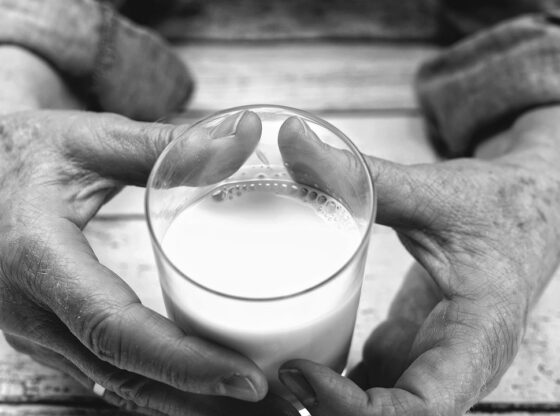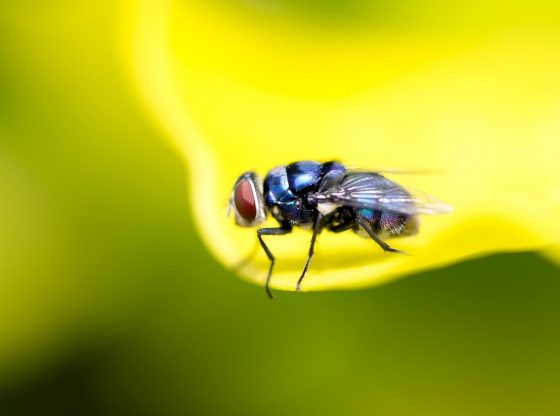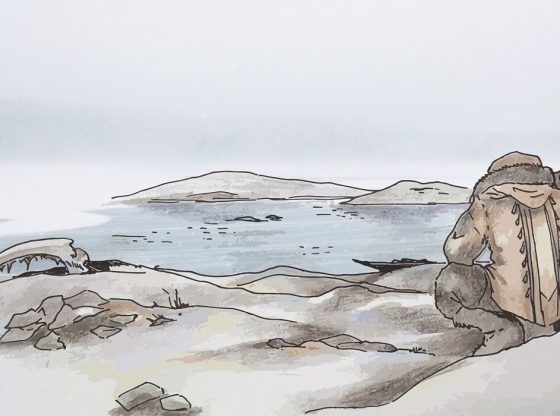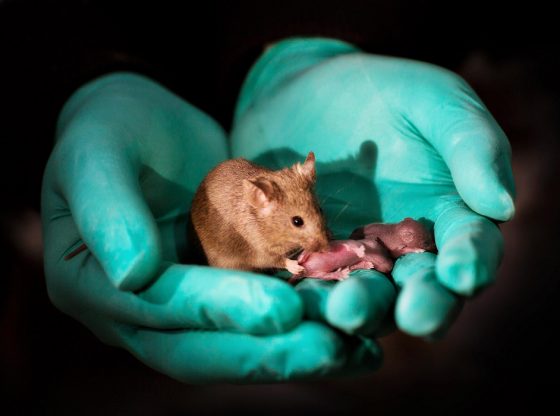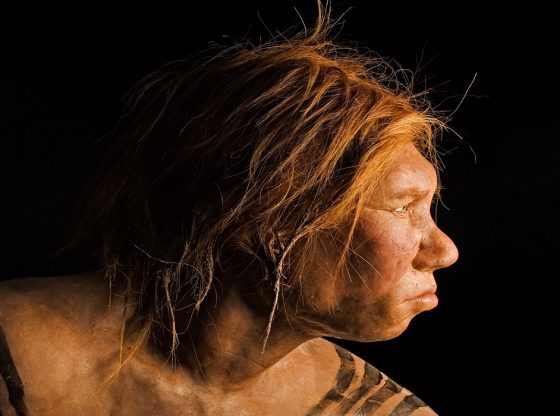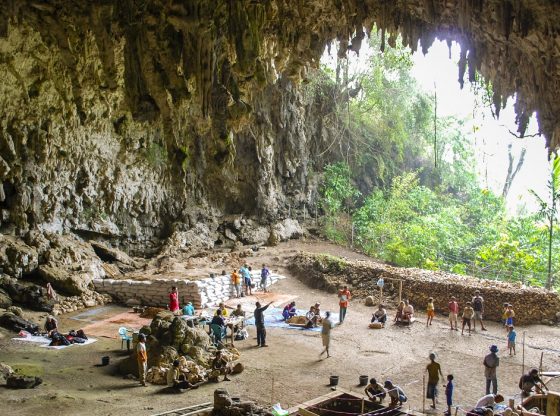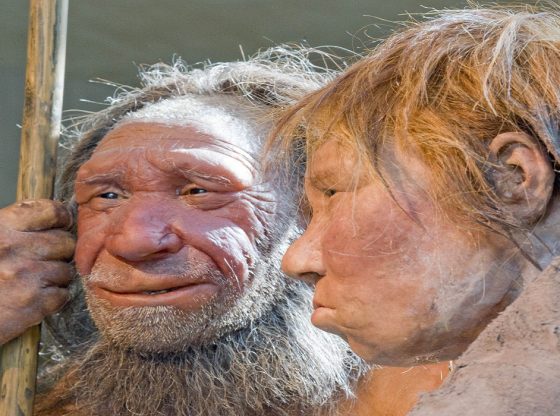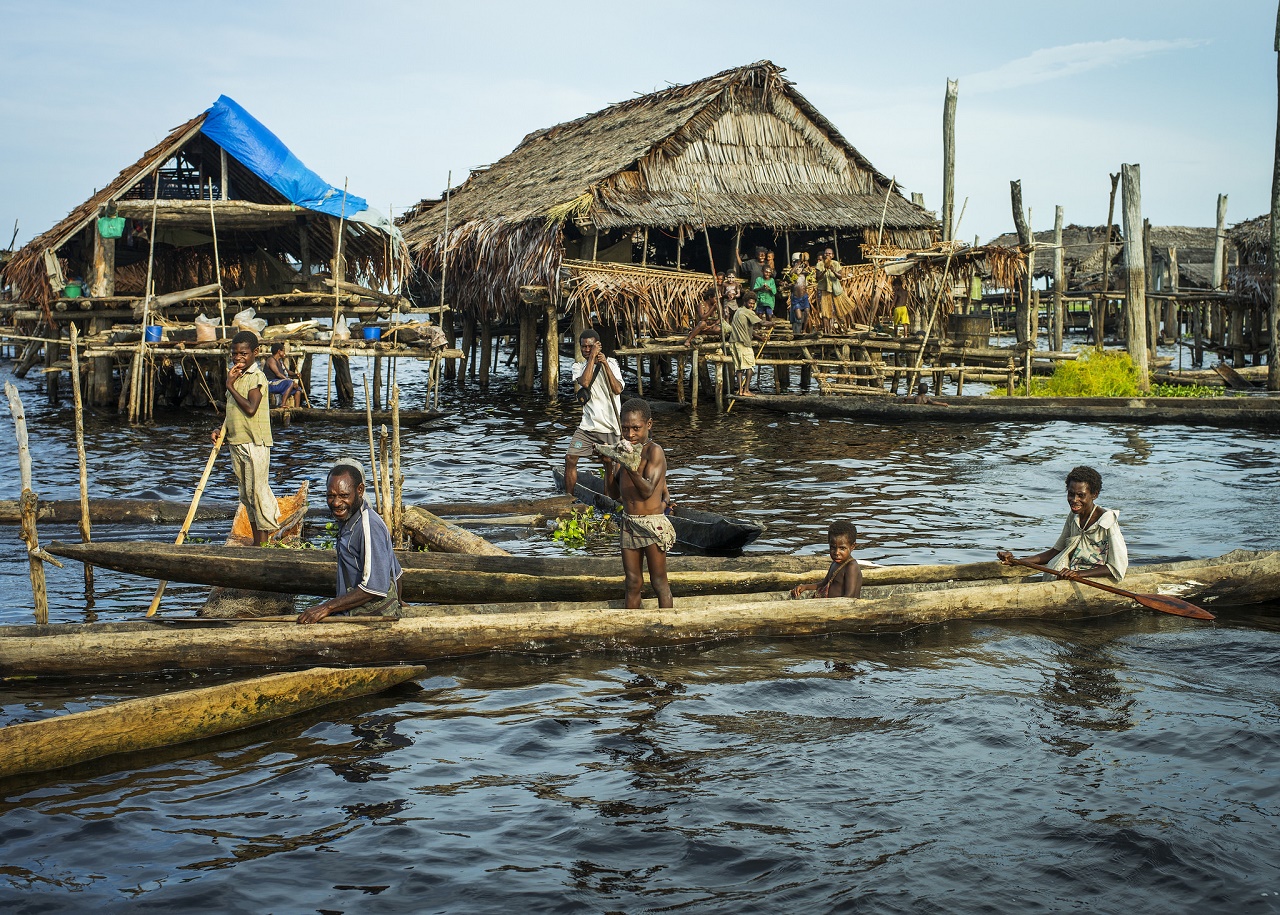
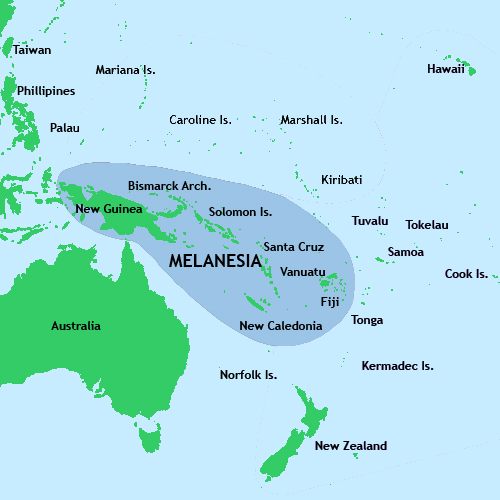
A new DNA analysis has revealed how early modern humans, Neanderthals, and Denisovans met and interbred more often than previously thought.
In the newly published study, the researchers show that were able to distinguish genome received from Neanderthals or from Denisova hominin among peoples living on the Melanesian Islands of the Pacific Ocean today.
The study, Excavating Neandertal and Denisovan DNA from the genomes of Melanesian individuals, was done by an international team of researchers and compared the DNA of the two early human ancestor species, Neanderthals and Denisovans, with that of 35 modern days Melanesians living on islands off the coast of New Guinea.
Melanesia is a region stretching from the western end of the Pacific Ocean to the Arafura Sea and eastward to Fiji. It includes four countries: Vanuatu, the Solomon Islands, Fiji and Papua New Guinea, also the islands of New Caledonia, West Papua, and the Maluku Islands.
Language and the Brain
The researchers note that the particular places in the genome among the people from Papua New Guinea that lack DNA from Denisova are the same places in the genome where the Neanderthal DNA is missing among Europeans today.
This suggests that there are important regions of the genome where modern human genes have a clear advantage, and one such place contains genes that are important for speech. Genes which have been linked to language, the brain, and its development, and brain cells signals.
Interbreeding With Neanderthals Were More Common Than Previously Thought
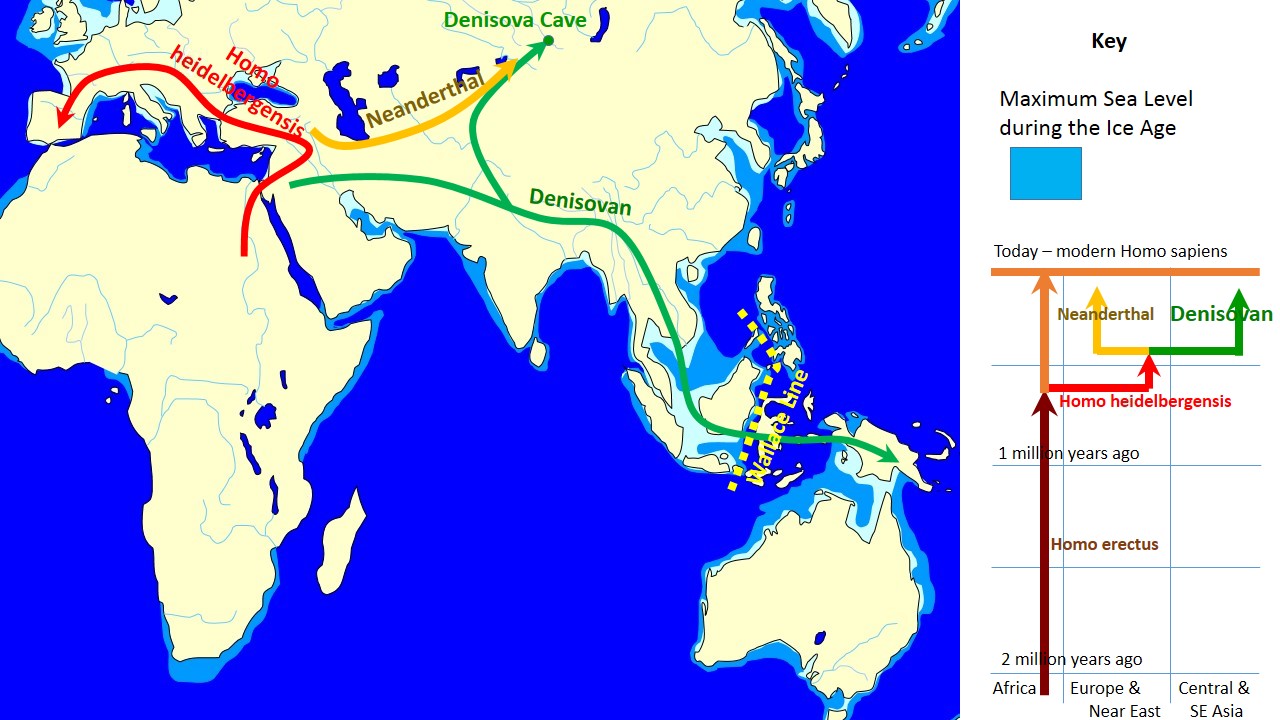
The study team also developed many new and rigorous methods for labeling which archaic DNA sequences came from, Neanderthal, Denisovan, or of uncertain origin. They also developed a method to identify relationships between ancient DNA found in modern humans, and found that interbreeding between modern humans and Neanderthals “occurred at least three distinct times in modern human history.”
The presence of three distinct sets of Neanderthal genes indicates that modern humans interbred with Neanderthals on multiple occasions: one set is shared by all groups, indicating that a common ancestor of Europeans, East Asians, and Melanesians bred with Neanderthals after leaving Africa. East Asians and Europeans share DNA from a second interbreeding and East Asians alone interbred with Neanderthals a third time.
Denisovian Cave
The Denisovan man was discovered in the Denisovan cave in Siberia. Genes from this ancient human relative are present among all of those that can trace their heritage to Asia today. Denisovan DNA could make up between 2 percent to 4 percent of the genome of a native Melanesian.
The denisovian genes have been established to mainly be involved in the metabolic process and the immune system. Another recently published study, The phenotypic legacy of admixture between modern humans and Neanderthals shed light on the many aspects of genes inherited by Neanderthals, still affecting many of us today, as we recently reported.
____________
Excavating Neandertal and Denisovan DNA from the genomes of Melanesian individuals
________________________


